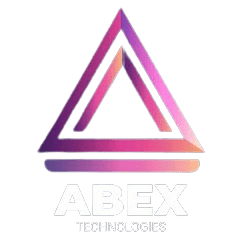1. Definition and Overview
Differentiate between traditional and digital marketing.
Describe the primary differences between the two methods in brief.
2. Advantages of Digital Marketing
Analyze the benefits that digital marketing offers over conventional marketing, including:
Economy of scale
Reach of the targeted audience
Measurable outcomes
Instantaneous interaction
global reach.
3. Advantages of Traditional Marketing
Discuss about the following benefits of traditional marketing strategies:
physical presence (which includes posters and print advertisements)
Targeting locally
Developed customer confidence
connection with the brand

4. Challenges of Digital Marketing
Describe a few of those challenges that come with using digital marketing, like:
Saturation of ads and competition
Online advertisement deception
Problems with privacy
Technical challenges that particular companies face
5. Challenges of Traditional Marketing
Explain about the following traditional marketing strategies’ limitations:
unable to calculate ROI properly
limited audience reach in comparison with digital platforms
Increased expenses for extensive campaigns
Having trouble focusing on particular demographics

6. Integration of Digital and Traditional Marketing
onsider the idea of integrated marketing techniques, which work with traditional and digital methods.
Communicate about strongly linked campaign examples and the benefits they provide.
7. The Future Outlook
Provide your thoughts on the future of marketing, including whether or not digital marketing will totally replace traditional strategies.
Speak about how new technologies and trends are impacting the marketing industry.

8. Call-to-Action (CTA)
Encourage followers to post their opinions on social media or in the comments area.
Encourage them to check out related articles on your website or sign up for your subscription to receive updates in the future.






